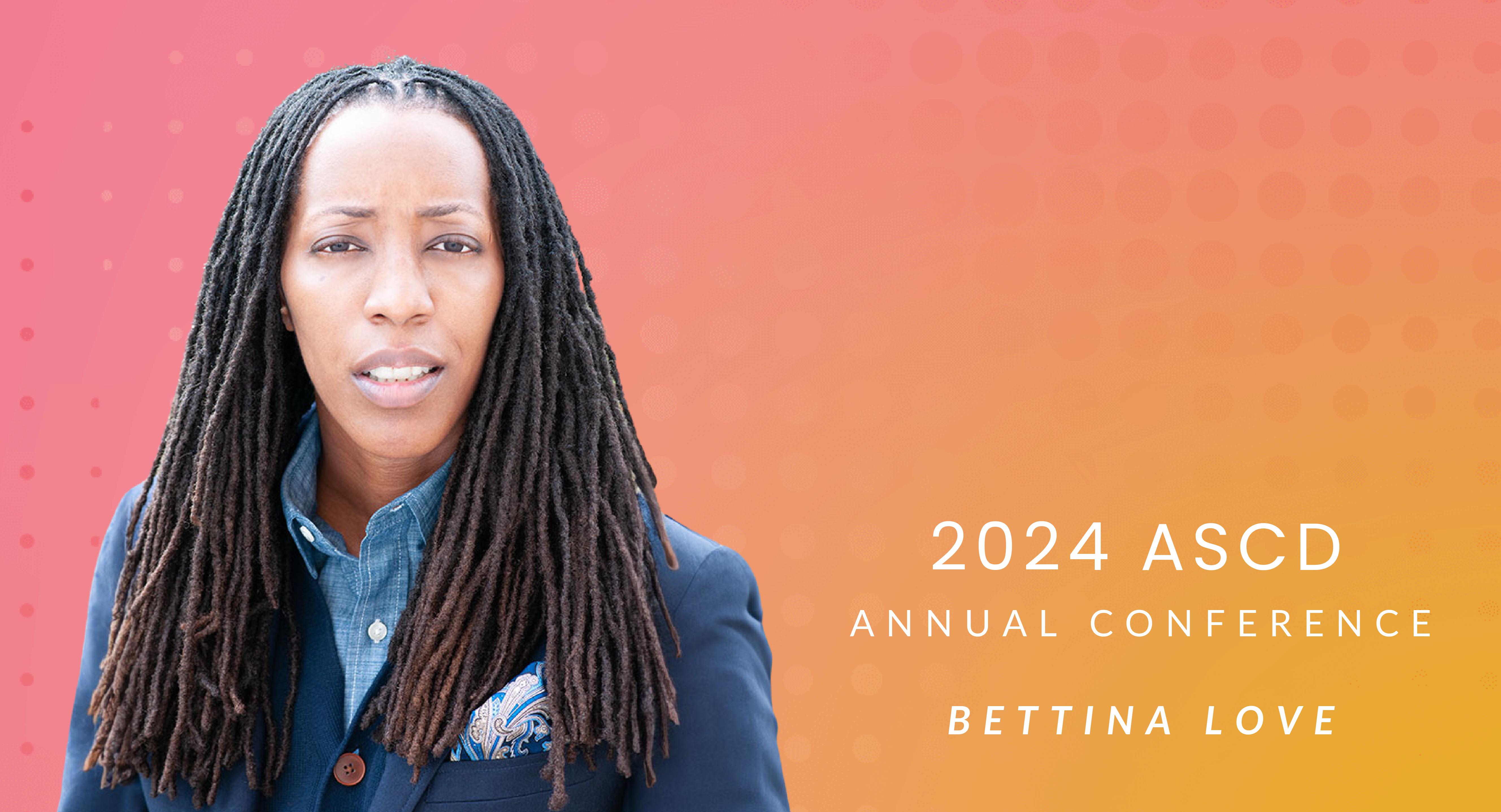Currently, a gap exists in which English Learners (ELs) “are persistently underrepresented in advanced classes and in programs for students identified as gifted” (Coronado & Lewis, 2017, p. 238). While the number of ELs has increased in classrooms across the nation, the “excellence gap” has widened over recent years due to the underrepresentation of students of color in gifted programs (Coronado & Lewis, 2017; NAGC, n.d.-b; Pereira & de Oliverira, 2015). In many classrooms, “teachers struggle to provide these students with adequate educational experiences” because of the assumption that an EL needs remediation, rather than enrichment (Pereira & de Oliveira, 2015, p. 208). Data indicates that most teachers feel inadequately prepared to teach learners who are gifted, particularly those from diverse backgrounds (NAGC, n.d.-a).
One strategy that school districts can implement to close the excellence gap and open the opportunity to support gifted programs for ELs and students of color is by providing a family engagement workshop which addresses the needs of underrepresented gifted students.
The Voice of EL Families
In Southern California, three counties collaborated with the California Association for Gifted Children to support ELs who are gifted and students of color by hosting a family engagement workshop to respond to the needs of underrepresented students and families. Seventy-two family members who have children in grades Pre-K through 10 attended the workshop, with 45% sharing their voice on this issue. Of those who shared their perspective, 73% identified as Hispanic, Latino, or Spanish origin with 67% speaking two languages in the home.
In listening to the families regarding what is most valuable to them, they indicated that learning about effective communication and motivation to support their EL child who is gifted was most relevant. Further, the concepts of understanding emotion, curiosity, components of a gifted and talented education program, interest, challenge, and motivation were expressed as crucial for these families.
Lastly, families were asked what their child needs as an EL who is gifted. These families shared that their child primarily needs the challenge, interest, ability, motivation, support, and differentiated instruction to be successful. These concepts and instructional strategies were identified by the families of ELs who are gifted as effective in meeting the needs of their child.
By providing a workshop to listen to the families, these identified strategies can be implemented by the school districts and teachers to close the excellence gap and open equitable educational opportunities for underrepresented gifted learners. While this study furthers the literature related to the excellence gap for ELs who are gifted, additional steps need to be conducted to further understand the perspectives of other students of color who are also underrepresented in gifted education populations.
Host Your Own Family Workshop
Phase 1: Development
- Reach out to the families in your school district to build culturally responsive partnerships.
- Develop a plan of action.
- Develop a Family Engagement Team which includes district, school site, community, and family stakeholders.
- Collaborate with families to develop objectives and design activities. Consider these key questions with families when establishing your objectives for the event:
- What do educators need to know and be able to do?
- What do family members need to know and be able to do?
- Are we planning targeted outreach to all of our families? (California Department of Education, 2017).
- Identify progress indicators to determine if the objectives of the event have been met.
Phase 2: Implementation
- Invite family members and district experts to jointly lead a Family Engagement Workshop.
- Reach out to community or state level organizations to help facilitate the event.
- During your event, consider the following questions to gauge the effectiveness of reaching diverse communities:
- Have we used easily understandable terminology and avoided education jargon by explaining all acronyms?
- Are we providing information translated into the home languages of our families?
- Have we considered how diverse staff and families access information in the district?
- Have we indicated where staff and families can get more information and who to talk to if they have questions or want to get more involved? (California Department of Education, 2017)
Phase 3: Reflection
- Following the event, gather with families, community members, teachers, and district members to reflect on the event.
- Review the objectives for the event and the progress indicators that were initially established. The following questions may help guide your reflective process:
- Have we increased the knowledge and skills of our educators?
- Have we increased the knowledge and skills of our families?
- How did the feedback on activities vary among schools, stakeholder groups, or between different communities?
- What are some indicators that family engagement may be contributing to improved student achievement?(California Department of Education, 2017)
Following these guidelines to provide your own family engagement workshop is a first step toward meeting the needs of underrepresented students, leading to closing the excellence gap that exists for students of color who are gifted.








